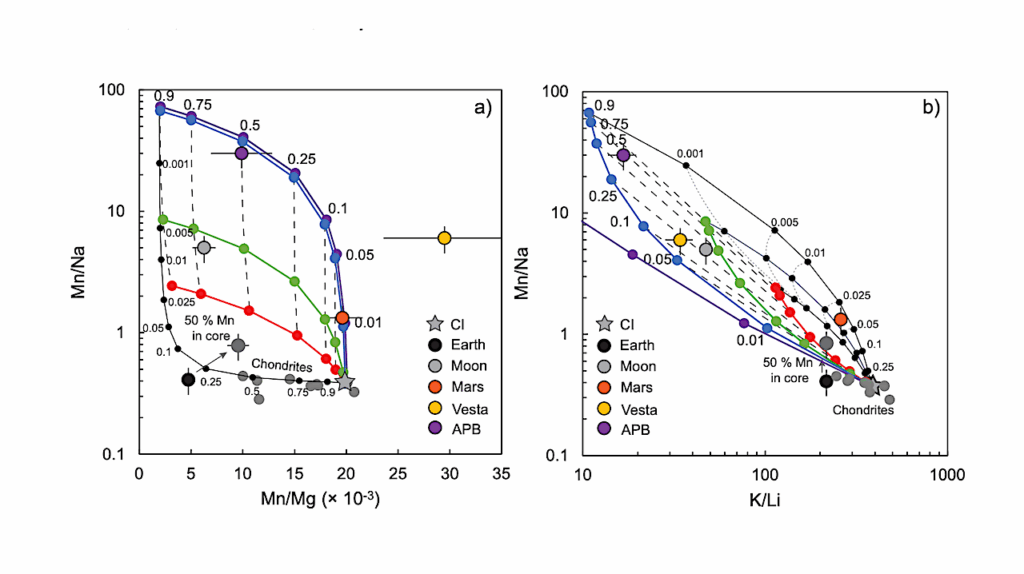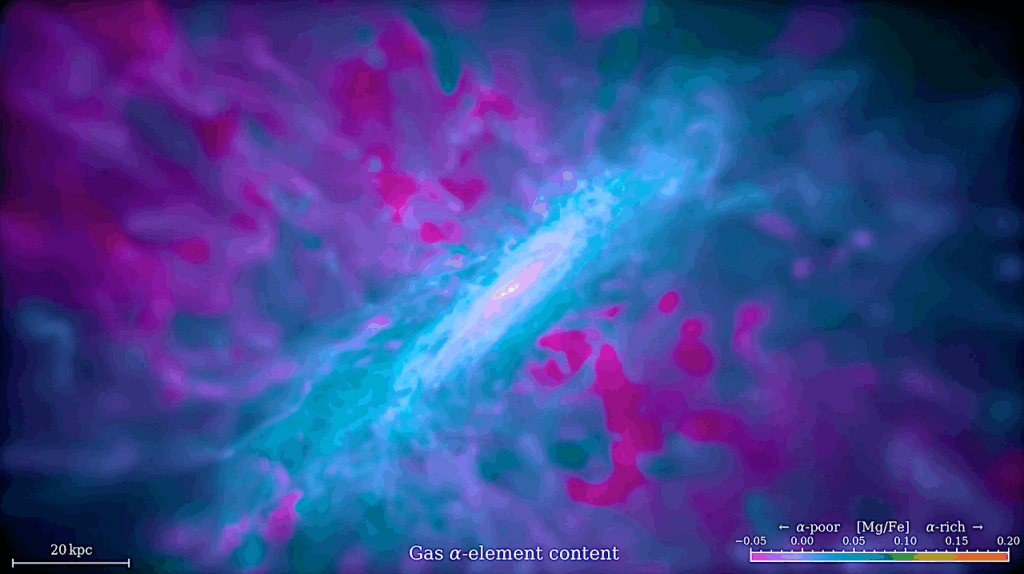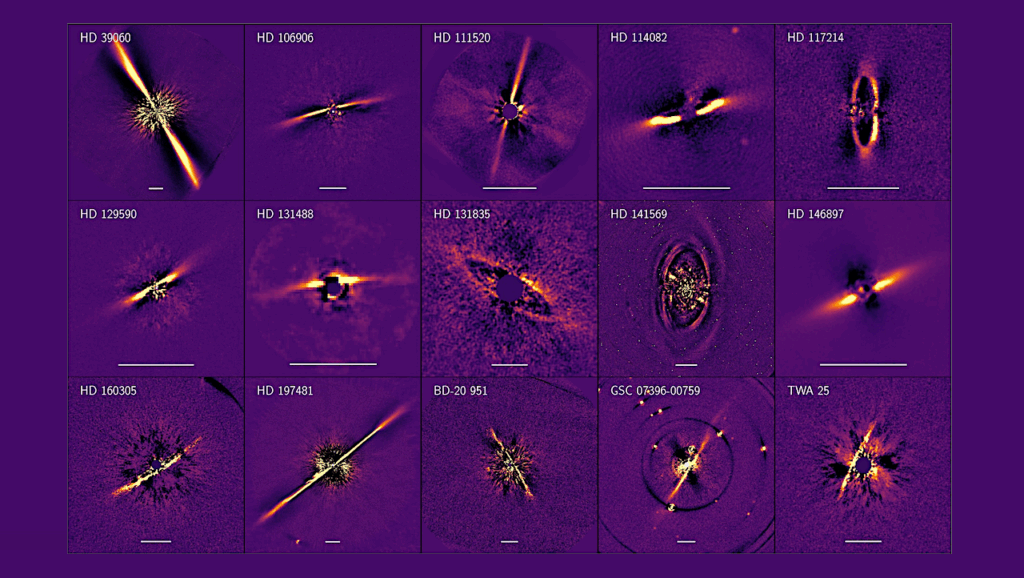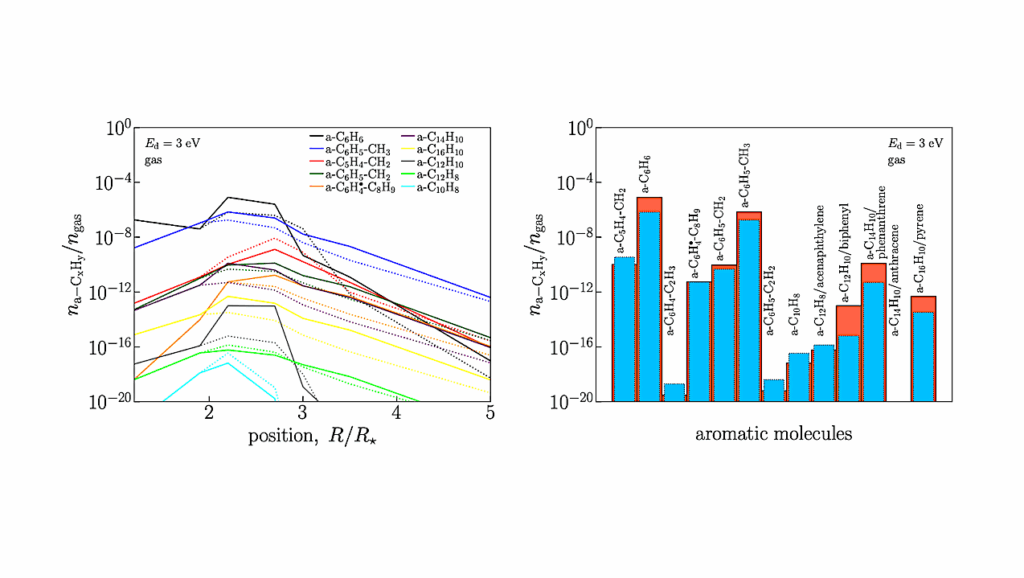Simulating The Detectability Of A Range Of Molecules For High-contrast, High-resolution Observations Of Non-transiting Terrestrial Exoplanets
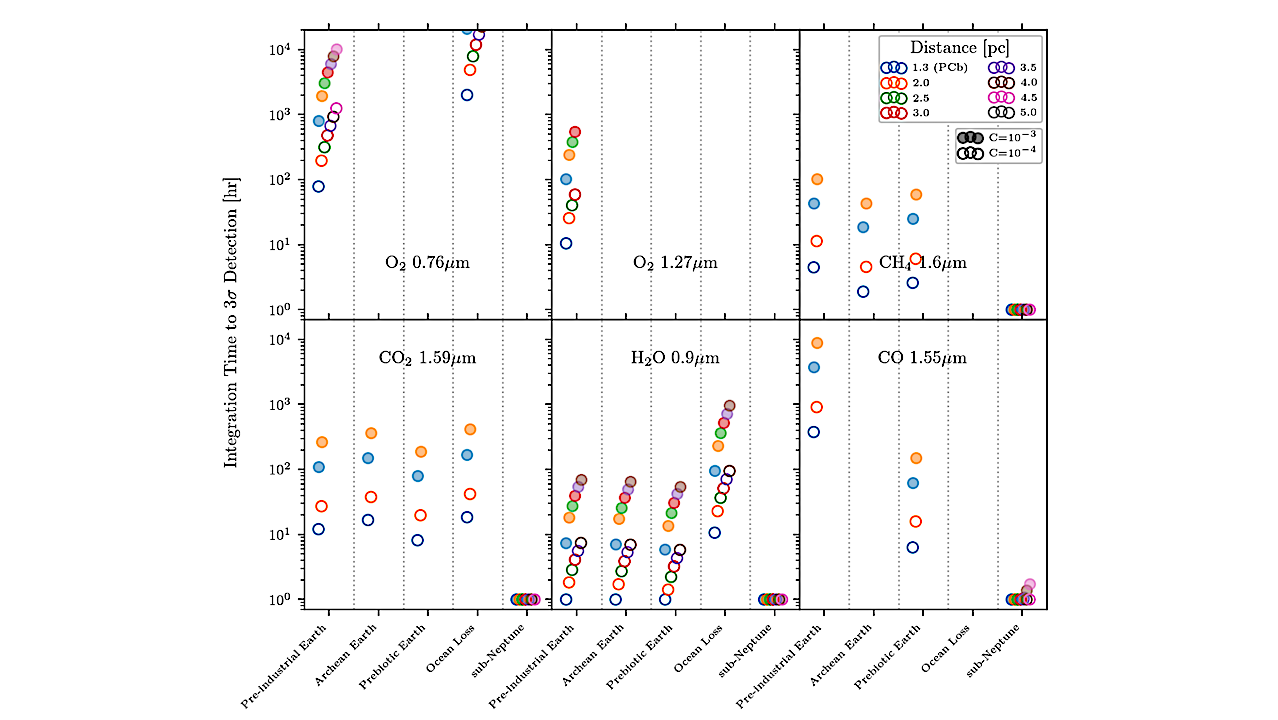
The upcoming extremely large telescopes will provide the first opportunity to search for signs of habitability and life on non-transiting terrestrial exoplanets using high-contrast, high-resolution instrumentation.
However, the suite of atmospheric gases in terrestrial exoplanet environments that are accessible to ground-based reflected light observations has not been thoroughly explored. In this work, we use an upgraded Extremely Large Telescope (ELT) detectability pipeline to simulate the detectability of gases that can serve as habitability markers, potential biosignatures, and false positive discriminants in the atmospheres of Earth-sized and sub-Neptune planets.
We calculate molecular detectability for five photochemically self-consistent atmosphere types, including the modern and Archean Earth, uninhabited biosignature “false positive” environments, and a sub-Neptune, over a grid of observational configurations for non-transiting targets within 10pc of Earth.
For the most accessible nearby target, Proxima Centauri b, our results suggest that we may be able to rule out a sub-Neptune atmosphere in as little as a single hour of observing, and two biosignature disequilibrium pairs (O2/CH4 and CO2/CH4) may be accessible in ∼10 hours for the most optimistic scenario.
It may also be possible to discriminate uninhabited worlds, and rule out biosignature false positives by identifying contextual indicators (CO and H2O) of abiotic O2 and/or CH4 buildup on similar timescales. In the near term, ELT reflected light observations will likely allow us to characterize multiple nearby terrestrial atmospheres, and ultimately search for signs of habitability and life.
Miles H. Currie, Victoria S. Meadows
There’s more to life in reflected light: Simulating the detectability of a range of molecules for high-contrast, high-resolution observations of non-transiting terrestrial exoplanets
Comments: accepted for publication in the Planetary Science Journal; 34 pages, 18 figures
Subjects: Earth and Planetary Astrophysics (astro-ph.EP)
Cite as: arXiv:2503.08592 [astro-ph.EP] (or arXiv:2503.08592v1 [astro-ph.EP] for this version)
https://doi.org/10.48550/arXiv.2503.08592
Focus to learn more
Submission history
From: Miles Currie
[v1] Tue, 11 Mar 2025 16:28:10 UTC (2,381 KB)
https://arxiv.org/abs/2503.08592
Astrobiology


